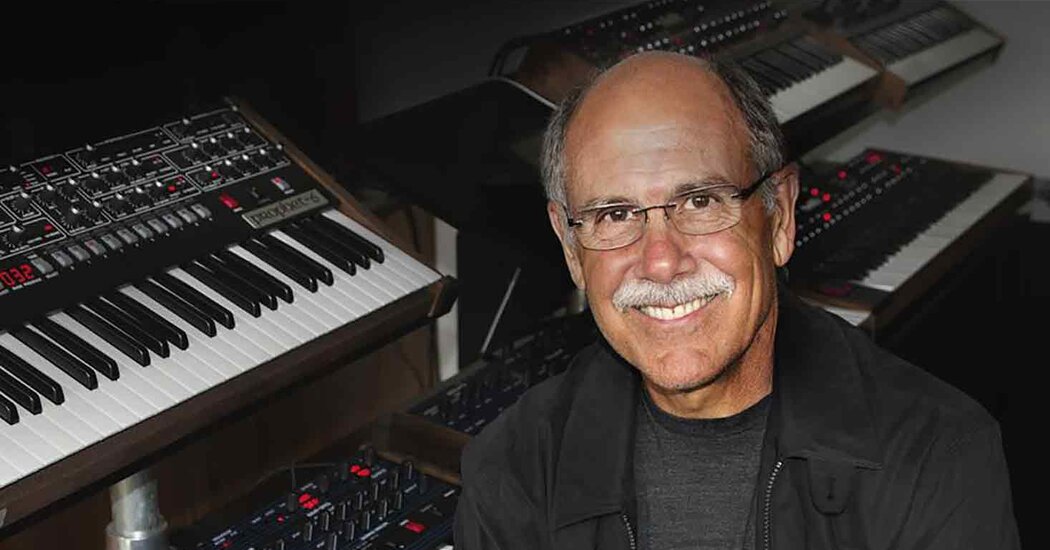Unlike a piano or organ, early synthesizers, such as the Moog and ARP, could only generate one note at a time. Shaping a particular tone involved setting up multiple knobs, switches, or dials, and then trying to reproduce that tone afterward meant writing down all the settings and hoping to get similar results next time.
The Prophet-5, which Mr. Smith co-designed with John Bowen and introduced in 1978, overcame both shortcomings. It controls synthesizer functions with microprocessors and can play five notes simultaneously, allowing for harmonies. (The company also made a 10-note prophet.) The Prophet also used microprocessors to store settings in memory, providing reliable yet personalized sounds, and it was portable enough to be used on stage.
Mr. Smith’s small business was inundated with orders; sometimes the Prophet-5 was two years behind.
But Mr. Smith’s innovations went much further. “Once you have a microprocessor in an instrument, you realize how easy it is to communicate digitally with another microprocessor-based instrument,” explained Mr. Smith in 2014. Other keyboard manufacturers started to build in microprocessors, but every company used a different, incompatible interface, a situation Mr. Smith said was “a little stupid.”
In 1981, Mr. Smith and Chet Wood, an engineer in Sequential Circuits, presented a paper at the Audio Engineering Society convention to propose “The ‘USI’ or Universal Synthesizer Interface.” The point, he recalled in a 2014 interview with Waveshaper Media, was, “Here’s an interface. It doesn’t have to be this way, but we all really need to get together and do something.” Otherwise, he said, “This market isn’t going anywhere.”
Four Japanese companies – Roland, Korg, Yamaha and Kawai – were willing to work with Sequential Circuits on a shared standard, and Roland’s Mr. Smith and Mr. Kakehashi worked out the details of what would become MIDI. “Had we done MIDI in the usual way, it would take years and years and years to create a standard,” Mr Smith told the Red Bull Music Academy. ‘You have commissions and documents and da-da-da. We got around all that by just doing it and then throwing it out there.
In 2013, Mr Smith told The St. Helena Star, “We made it cheap so it was easy for companies to integrate into their products. It was given away license-free because we wanted everyone to use it.”

